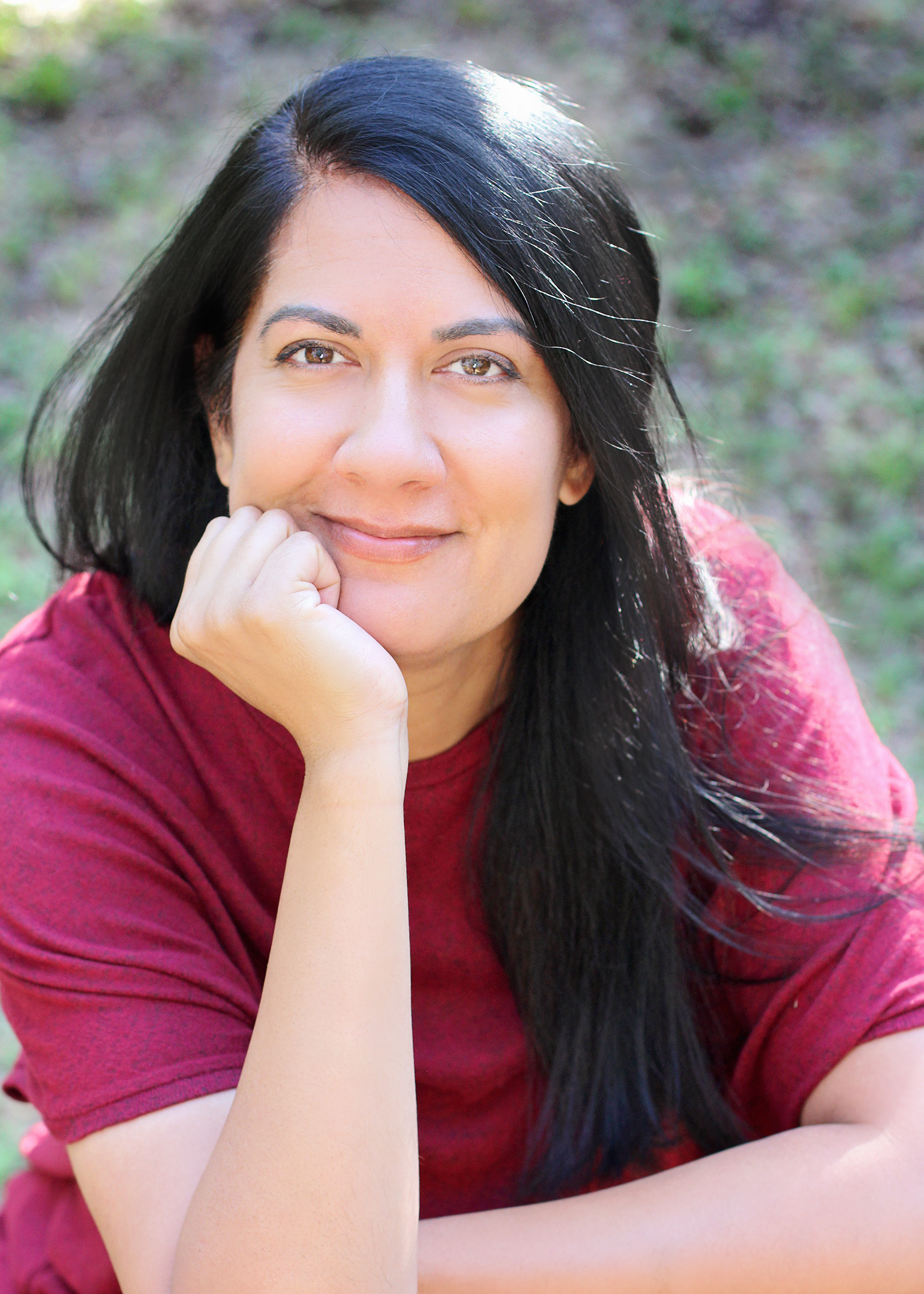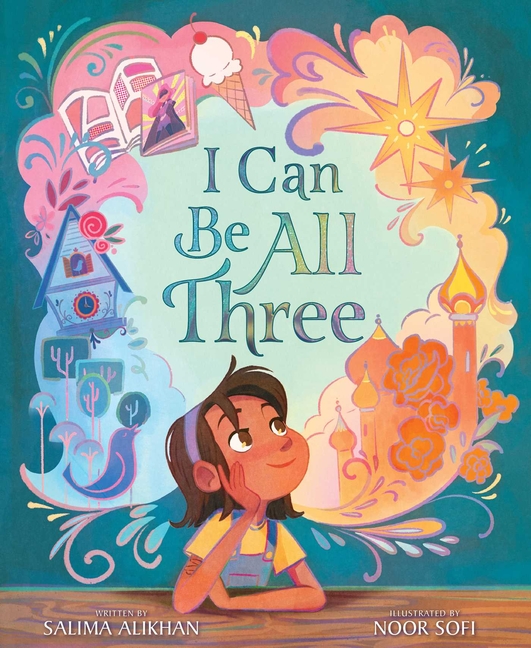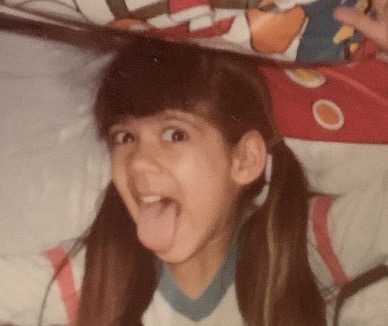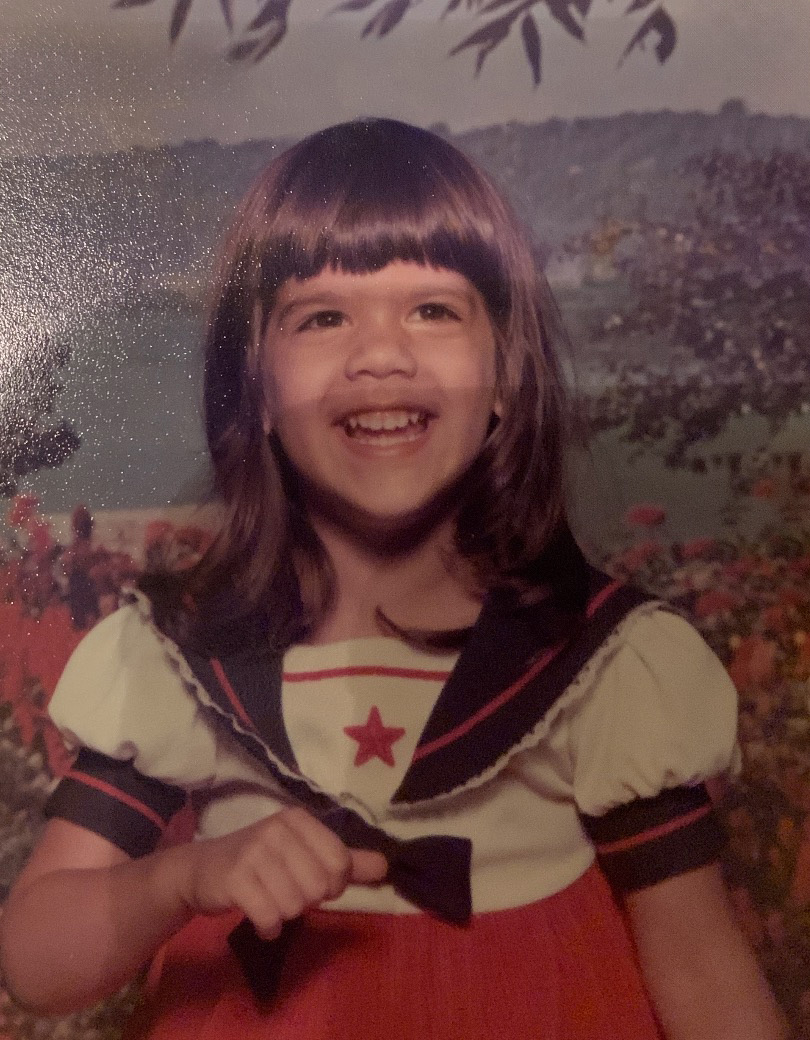

From Teaching to Writing

TeachingBooks asks each author or illustrator to reflect on their journey from teaching to writing. Enjoy the following from Salima Alikhan.
From Learning to Writing
by Salima Alikhan
My experience as an educator helped me see what powerful work we’re doing when we write to represent all different types of kids and stories. I learned so much from my students and am so grateful for the ways they expanded my world and mind. And, of course, watching kids process the world and interact with one another was always fuel for the artistic toolbox.

When I was in my twenties and teaching elementary-aged students, I remember being shocked at how sophisticated kids’ sensibilities and intuition can be. I also learned how much it helps kids if adults encourage them to identify and express their feelings. I also saw what happened when kids don’t have that. I was lucky enough to work with some teachers who modeled kindness and inclusion, which fostered students’ curiosity about other people’s experiences. I learned that some of this can be achieved through story. Those younger students were thrilled to see themselves represented in stories, and often in awe at learning about experiences and lives outside their own.
Most recently, I taught college English and creative writing. One of my jobs was also to teach college English to high school students. I lived in Texas at that time and got to teach kids at many different schools and across school districts. My students crossed all demographics – socioeconomic, racial, cultural, sexual orientation. My students astounded me every day with their wisdom, emotional intelligence and world-awareness. I adored working with teens, and I found Gen Z absolutely incredible in their uncompromising commitment to bettering the planet and fighting for human rights.
I had many students who faced and dealt with adversity – some of it very traumatic – in ways that floored me. I was lucky enough to have open communication with them, and many did share their experiences with me. They often found it cathartic to write about them as well. Most importantly, I learned how important the truth is to kids and young adults, and how capable they are of handling it. They’re so hungry for the truth and so courageous in wanting to talk about it as much as possible. I found that teenagers are just wonderfully honest people. They’re transparent about what they need, if only we listen.
This helped reinforce something I already believed, which is that addressing the truth in age-appropriate ways is the best thing we can do for kids. Writers have a huge opportunity to tell the truth in the ways that kids need. I’ve seen this be life-saving for children, again and again.
I got to see firsthand how profound it is for kids to see their experiences represented honestly in stories – whether those experiences are around race, culture, family dynamic, sexual orientation, socioeconomic hardship, having an unsafe home. My students often shared that if the only heroes celebrated in movies have nothing in common with you, you’re going to feel invisible, like an outsider in your own country and classroom. They were very aware of the first time they came across characters they felt represented by, and what that meant to them. They helped me see even more that representation is crucial to our developing identities in the world.

As an author, I grew up with a mixed-race background in a predominantly white area and didn’t speak English fluently until I was about six. The early childhood lens through which I experienced this is explored in my new picture book, I CAN BE ALL THREE, in which a mixed-race child learns to claim and celebrate all her identities. This was a great way for me to address a common issue for mixed-race kids, which is the feeling of being “never enough” for the different communities they belong to.
This, as well as other childhood challenges, are peppered through my stories. My teaching experience showed me how prevalent some of these challenges are. Some are slowly becoming more a part of the public conversation, while some are still not discussed as often as they need to be – though I’m hopeful that the more stories we tell, the more we move in the right direction.
I’m so grateful to my students, who taught me how deeply important it is that we talk, and keep talking, and just what that does for kids.
Books and Resources

TeachingBooks personalizes connections to books and authors. Enjoy the following on Salima Alikhan and the books she’s created.
Listen to Salima Alikhan talking with TeachingBooks about the backstory for writing I Can Be All Three. You can click the player below or experience the recording on TeachingBooks, where you can read along as you listen, and also translate the text to another language.
- Listen to Salima Alikhan pronounce her name
- Discover Salima Alikhan’s page and books on TeachingBooks
- Visit Salima Alikhan on her website, Twitter, Instagram, YouTube, Pinterest, Goodreads, and LinkedIn.
Explore all of the For Teachers, By Teachers blog posts.
Special thanks to Salima Alikhan and Simon & Schuster for their support of this post. All text and images are courtesy of Salima Alikhan and Simon & Schuster, and may not be used without expressed written consent.

Leave a Reply